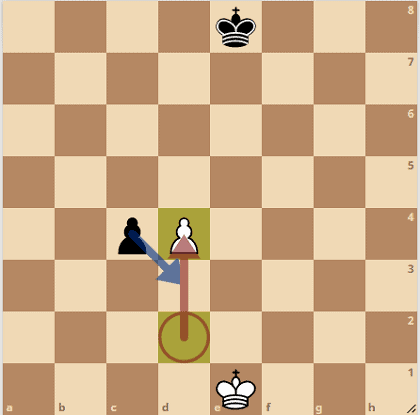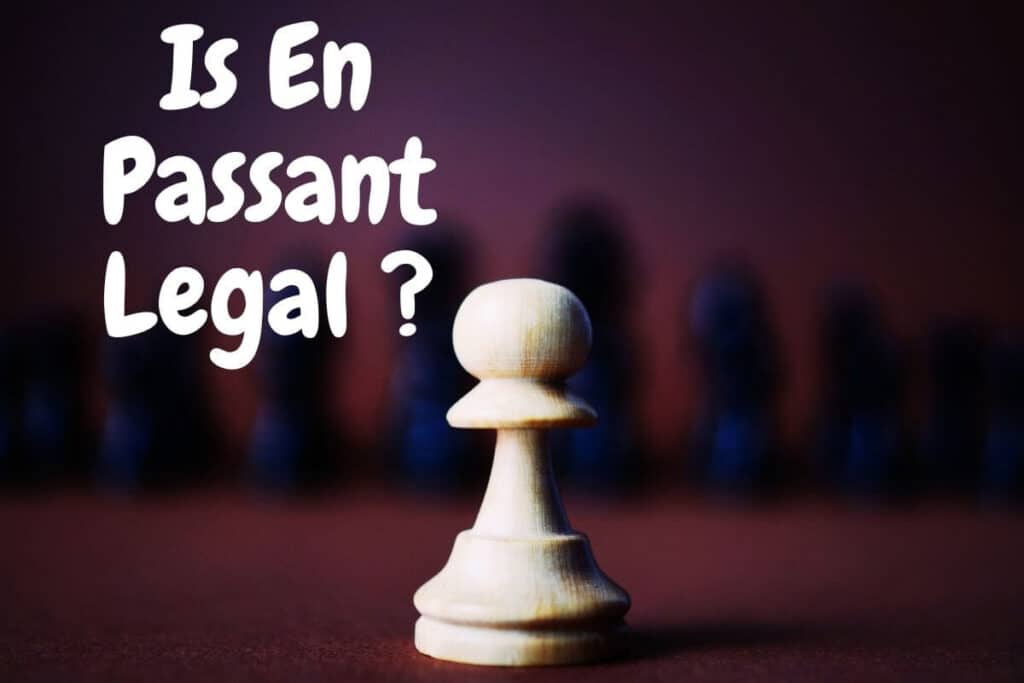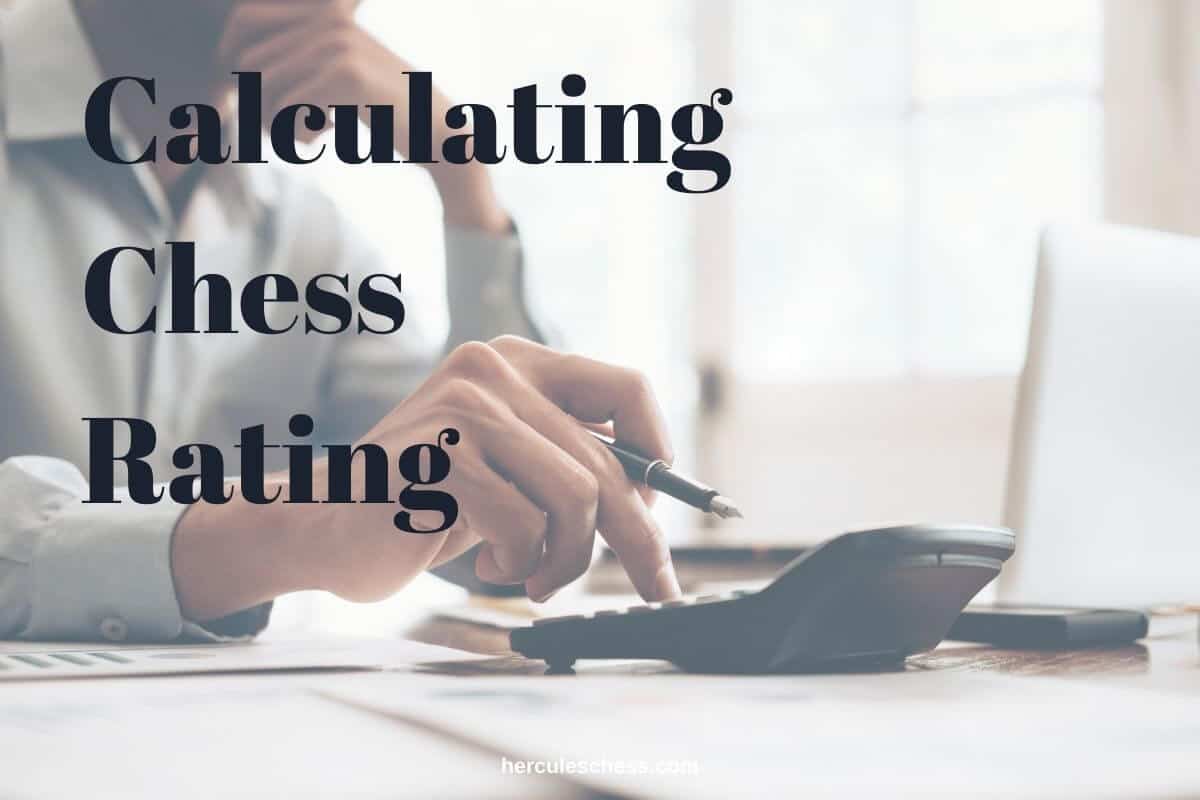Many beginner players are startled after first seeing en passant in a game of chess. The word is of French origin which translate to mean ‘in passing”.
Now you may be asking “is en passant legal?”
Yes, En passant is 100% fair and legal move in chess. In the 15th century, the game was revised to include this special move as the motivation for en passant was to prevent the newly added two-square first move for pawns from allowing a pawn to evade capture by an enemy pawn.
How To En Passant In Chess
If a pawn moves 2 squares on its first move, and by doing so ends up next to an opponent’s pawn, that pawn then has the option of capturing this first one it passes by.
The diagram below depicts this idea:
Diagram showing a legal move of en passant

The white pawn just moved 2 squares forward as indicated by the arrow. Black may now capture the pawn diagonally thus landing on d3.
At times I am surprised when a high rated level chess player ask me what is en passant? I think all chess players of various levels should have solid knowledge of this special move. If you haven’t yet clearly grasped the concept of en passant, then I highly recommend you check out my earlier post on “What does an en passant mean in chess?”



